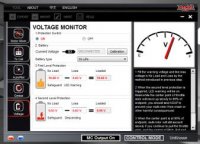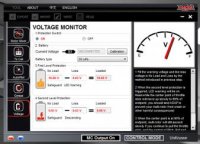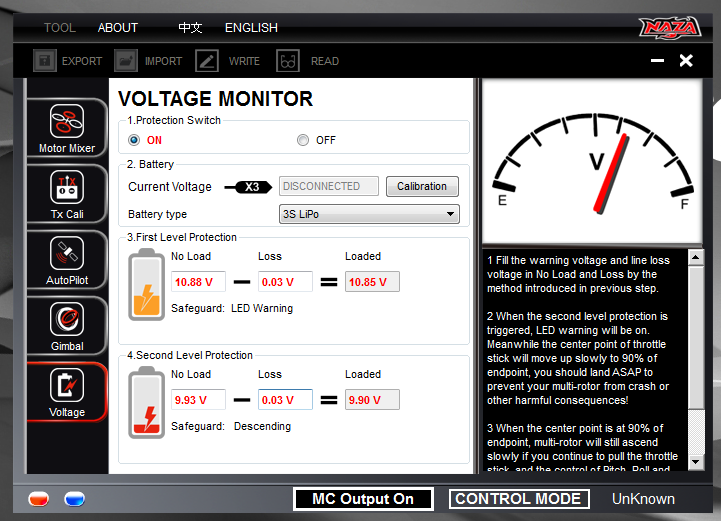jockelager
Member
I don't fully understand how low voltage protection works on my s800. It flies well for about 15 min with 2 6s 5000Mh. Now comes the tricky part:
Green flashing kicks in (some say it's yellow…) and shortly after is goes over to red and the S800 goes down for landing. I must be real quick to make a gentle landing.
The assistant software shows 20.4 V.
First level protection is set to 19.8 -> Loss 0 -> 19.8 Led warning
Second level protection is set to 18.6 -> Loss 0 -> 18.6
I thought there would be more time between first and second level.
Jocke
Green flashing kicks in (some say it's yellow…) and shortly after is goes over to red and the S800 goes down for landing. I must be real quick to make a gentle landing.
The assistant software shows 20.4 V.
First level protection is set to 19.8 -> Loss 0 -> 19.8 Led warning
Second level protection is set to 18.6 -> Loss 0 -> 18.6
I thought there would be more time between first and second level.
Jocke



